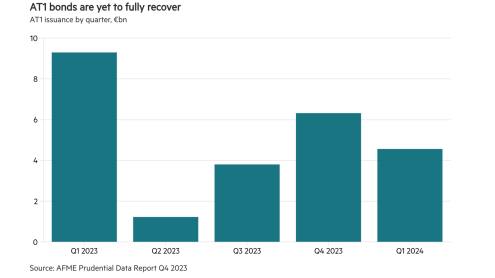Australia’s gross domestic product (GDP) grew 1.8% in the first three months of this year compared with the previous quarter, on the back of a rebound in business investment and a jump in iron ore exports.
The country continues to make a rapid recovery from its deepest contraction in almost a century last year, despite ongoing trade tensions with China, its largest trading partner.
The rebound provides a welcome boost to Australia’s leading banks following a tough period that has seen them scale down their operations after a series of misconduct cases.
Australia’s four largest banks – ANZ Banking Group, Commonwealth Bank of Australia, National Australia Bank and Westpac – have sold, or are in the process of offloading, their wealth management and insurance businesses following a Royal Commission report in February 2019 which exposed misconduct and violations of consumer rights.
At the same time, the banks have had to grapple with rising compliance costs, record low interest rates and increased competition from non-banks.
“As their revenue sources are now primarily corporate and mortgage lending in Australia and New Zealand, the banks no longer enjoy the benefits of risk diversification and fee growth they used to have,” according to S&P Global Market Intelligence.
Pre-tax profits and return on equity at the big four banks have fallen in the past few years, according to data from The Banker Database.
However, a rebound in household consumption and private sector investment (up 1.2% and 5.3% respectively in the first quarter) has led Oxford Economics to anticipate upgrading the country’s growth forecasts. An easing of Covid-19 restrictions has led to a jump in spending on hospitality, transport and recreation, while the government’s ‘homebuilder’ initiative has driven housing demand and renovation activity. Meanwhile, tax incentives have encouraged spending on machinery and equipment.
The improving economic picture led Fitch Ratings to revise upwards its outlook to stable from negative – on A+ long-term issuer default ratings – for Australia’s four largest banks on April 12.











